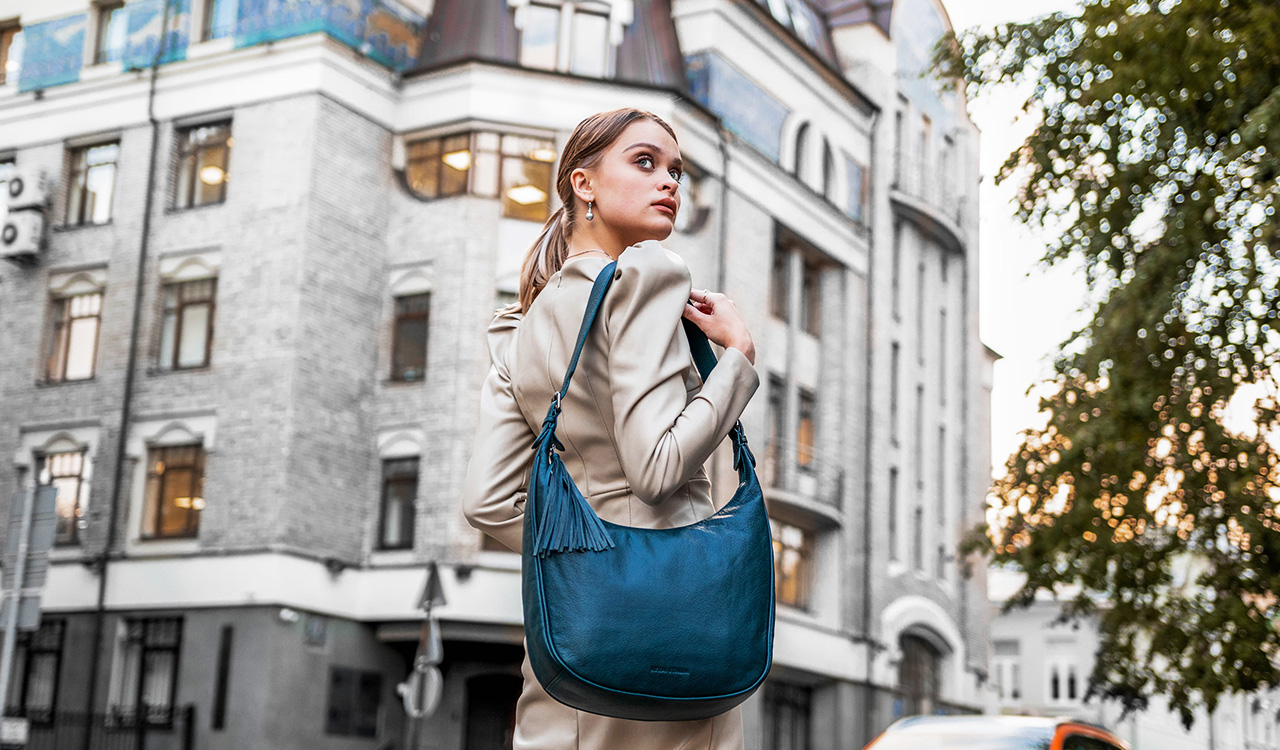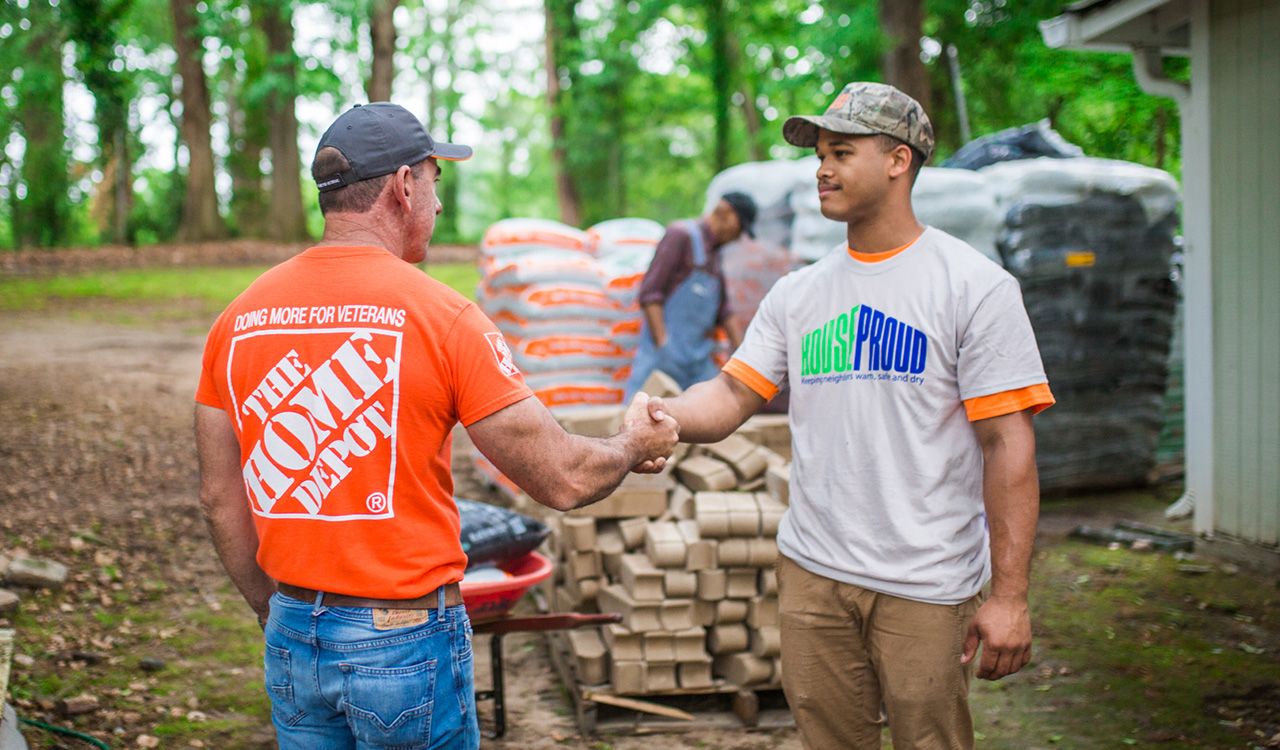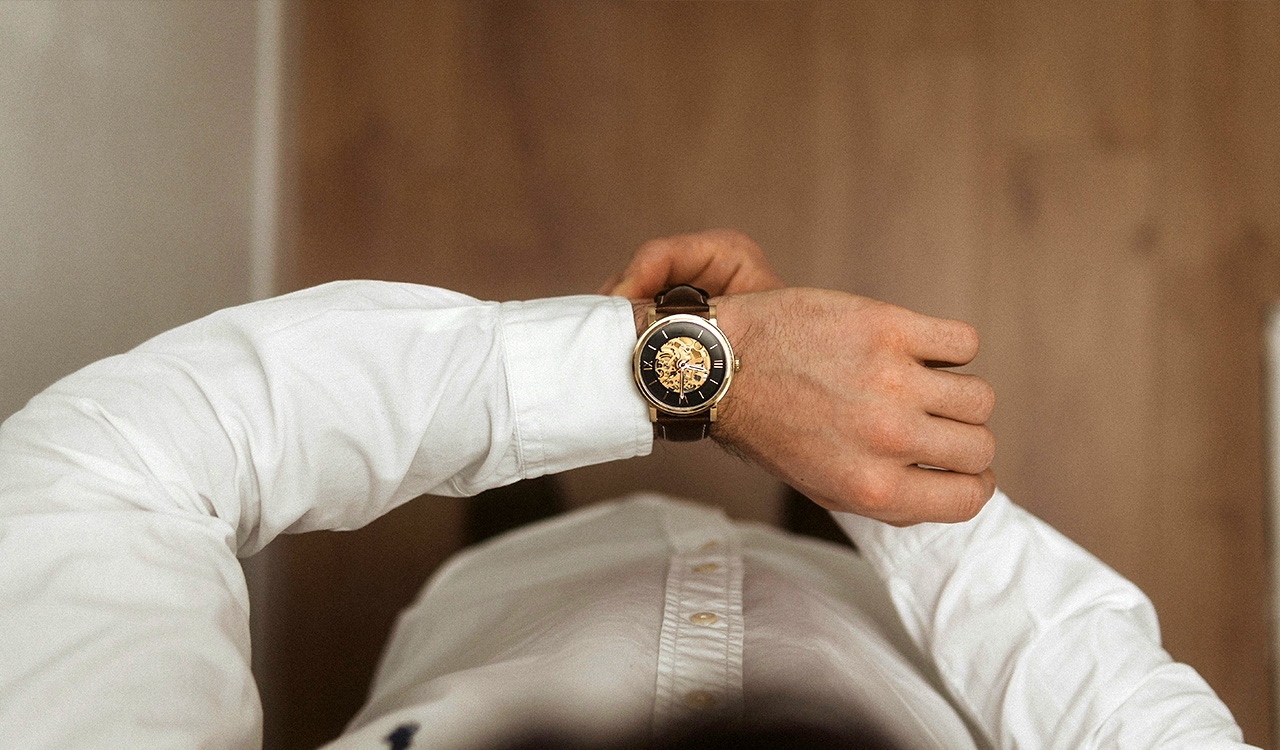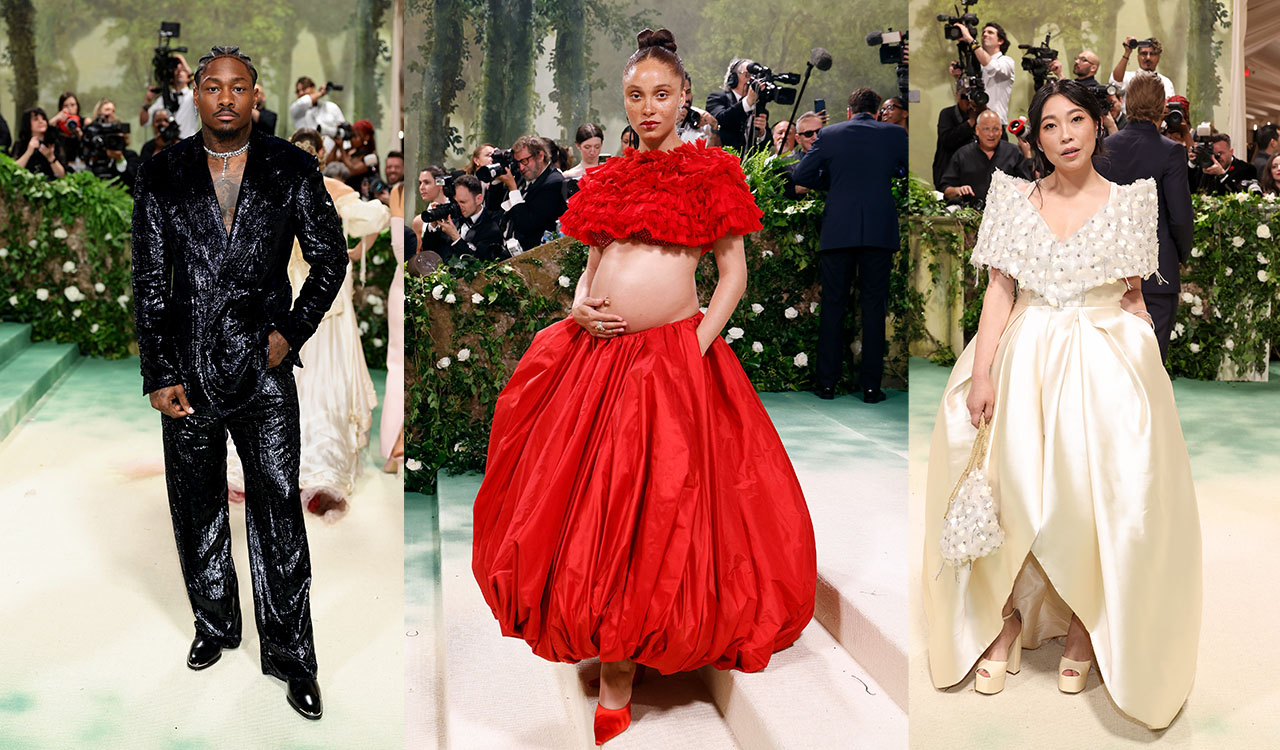The luxury market, including its goods and experiences, will end the year up eight to 10 percent over 2022 at current exchange rates, which is pretty dynamic considering the hefty comps it is up against. Expected to hit €1,508 billion ($1.65 trillion), it will have advanced between 18 to 20 percent over 2019, according to the latest Bain-Altagamma luxury report, and opportunities exist for luxury disruptors.
Underneath the glowing headlines, some trends are hidden that could be troubling but, for disruptors, it could be great news. The personal luxury goods market makes up about one-fourth of the total luxury market. So, the divergence starts with this segment, including jewelry, apparel, beauty, watches, leather goods and shoes, which won’t keep pace with the overall market in year-over-year growth.
“Despite challenging macroeconomic conditions, the market registered robust growth of 11 to 13 percent at constant exchange rates. This is consistent with last year’s growth rate and translates to a ~€160 billion ($176 billion) increment in spending across luxury categories,” Bain reports.
Not All Luxury Is Created Equally
While co-author Federica Levato talks to the convergence of luxury markets that “allows for further expansion,” I see more divergence than convergence in the data, creating cracks that disruptive brands can fill. White space abounds if companies know where to look. ”Market instability may offer important opportunities for disruptors,” stressed Alessandro Balossini Volpe, marketing, and brand management professor at ISTUD and Istituto Marangoni.
Underneath the glowing headlines, some trends are hidden that could be troubling but, for disruptors, it could be great news. The personal luxury goods market makes up about one-fourth of the total luxury market. So, the divergence starts with this segment, including jewelry, apparel, beauty, watches, leather goods and shoes, which won’t keep pace with the overall market in year-over-year growth.
Personal luxury goods are projected to grow only about four percent to reach €362 billion ($395 billion). But it may not achieve even that level depending upon fourth-quarter results. Bain’s projections are based upon the assumption that the fourth quarter will be flat, but the personal goods track record through the first three quarters has shown a steady decline, from 12 percent in the first quarter, eight percent in the second, then a three percent drop in the third quarter. That suggests Bain’s worse-case expectation of a five percent decline in the fourth quarter is more likely than its best-case five percent growth.
Experiential Luxury
Compared with luxury goods, experiences have been the growth driver in the luxury market this year, up 15 percent over last year. It includes luxury hospitality, cruises, and fine dining. In addition, a 10 percent spurt is projected for what Bain calls “experienced-based goods,” such as fine art, luxury cars, private jets and yachts, fine wines and spirits and gourmet food. In other words, luxury consumers are shifting their indulgences from things to wear to things to do, i.e., experiences, along with things that help them to get more out of life, i.e., experience-based goods.
“Products are still growing, yet normalizing, as discretionary spending rebalances toward lived-in experiences,” Bain reported. However, whatever growth personal luxury goods brands eke out this year might be attributed to price rather than volume increases, as Bain noted “continued price elevation is partially undermining volumes.” The U.K.-based data analytics firm Edited confirms that luxury goods prices have risen 25 percent since 2019.
Given consumers’ experiential trend, mega luxury brands are opening hotels and resorts. Armani, Bulgari, Audemars Piguet, Versace, Christian Lacroix, Ralph Lauren, Christian Louboutin, Dolce & Gabanna and RH have gotten into the hospitality game and Louis Vuitton will open its premier hotel in Paris in 2026. Adding dining experiences into luxury brand stores is another way brands are getting on the experiential bandwagon.
Buying Fewer but Better Things
For smaller disrupter brands, hotels and restaurants may not be a profitable way to make their mark. Offering other “lived-in” experiences is a more meaningful way. For example, true luxury consumers have taken a quiet luxury turn and are buying fewer but better items that they can live with longer.
“Quiet luxury, in its essence, is an understated form of luxury,” explained Daniel Langer, Pepperdine’s executive professor of luxury and CEO of consultancy Équité. “It shuns the ostentatious, favoring subtlety, precise storytelling and craftsmanship over conspicuous brands.” Too many mega-luxury brands have abandoned subtlety and craftsmanship, leaving white space for emerging brands to fill. “Smaller players must be brave enough to build a distinctive, even unconventional brand identity, rooted in the heritage and the know-how of their own brand,” Balossini Volpe shared. “They must be bold enough to innovate with a disruptive identity and value proposition. Just following the traditional recipes and copying what the leaders are doing becomes increasingly risky,” he added.
The outerwear brand Norwegian Wool comes immediately to mind. It combines Italian craftsmanship and tailoring with Scandinavian expertise to fight the cold. It innovated with a thin, non-puffy down-lining so it keeps the wearer just as warm as if they were wearing a bulky down puffer coat. But they will arrive in style dressed in a classic, professional, tailored coat, which is why the New York Times said, “It was the coat to wear at Davos.” With prices starting at $995, Norwegian Wool is more accessible than its established competitors from either side of the puffy versus tailored camp.
To the Winner, Go the Spoils
Another trend is that market share growth is rising to the top. Compared to last year when 95 percent of personal luxury goods companies generated growth, the winners’ share will drop between 65 to 70 percent this year. Looking further back to the 2008-2009 economic crisis, only 35 percent of players showed growth.
While we aren’t in a similar crisis mode yet, it could come, as Bain said, “Outlooks do not consider disruptive changes in the global sociopolitical situation.” Any thinking person knows the potential for such a disruptive change is hiding around the corner. In such a scenario, the mega-brands will fight tooth-and-nail for growth, so they can be expected to flood the zone with amped-up marketing messages.
Disruptor brands, rather than fight fire with fire by boosting their marketing spend and going broke in the process, will need to manage for profits in a potential downturn. A path of slower but consistent, sustainable growth where the money goes to both the top and bottom line is the winning ticket.
“Disruptors must build a narrative and a meaningful interaction with their target customers based on shared cultural values,” Bassolini Volpe said. “Products are just a component of this broader narrative. And successful strategies don’t necessarily require having huge marketing budgets, otherwise, Jacquemus or The Row would not exist.”
Strategic Wholesale Partnerships
Disruptor brands will need to stand out in different ways than the mega-brands. Notably, in 2023 the revenue share from department stores and specialty retailers will drop as much as five to 12 percent, while mono-brand stores will grow between nine and 13 percent.
Disruptor brands can fill the white space abandoned by the mega-brands in department and specialty stores, which remain vital channels that will have generated 27 percent of personal luxury goods sales in 2023. However, disruptors will need to work closely with wholesale partners to be sure their distinctive brand narrative is effectively communicated.
For example, Norwegian Wool launched online and into wholesale simultaneously. Getting prime real estate in such respected players as Saks Fifth Avenue, Bloomingdale’s Nordstrom, Neiman Marcus, and high-end specialty stores gave the brand street cred with luxury customers and created a virtuous circle to support online sales without a major marketing investment or the need to build out a potentially profit-draining physical retail network.
Brunello Cucinelli, hardly a newbie luxury brand but one that continues to think and act like a disruptor, has long cultivated wholesale partnerships even as it expanded its own stores. “Multi-brand retailers are the guardians of the brands,” said Massimo Caronna, North America CEO for Brunello Cucinelli, in an interview with McKinsey. “We still very much believe in the multi-brand business, even if we now have 125 retail stores around the world.”
One of its premier wholesale partners is Neiman Marcus, through which it gets a broader and more nuanced perspective on what luxury shoppers are looking for across the entire competitive landscape. The brand can’t get these insights in its own retail stores because there’s no mechanism to get feedback from consumers who walk past their door. Being featured in a multi-brand store like Neiman Marcus closes the gap. “Who’s better than them to tell you if your brand is on trend or not?” he added.
By marching to its own drummer, Brunello Cucinelli has avoided the downturn many other luxury brands have recently faced in the U.S. The personal luxury market in the Americas is expected to close the year down eight percent, making it the only geographic market experiencing a decline.
By contrast, Brunello Cucinelli has advanced 22 percent in the Americans through September 2023. And its wholesale channel, which generates some 40 percent of company revenues, was up 17 percent year-over-year. Nine-month revenues worldwide rose nearly 30 percent, from €642 million ($697 million) to €818.4 million ($889 million) this year. And it’s a brand that is the essence of quiet luxury.
Opportunity Knocks
The Bain-Altagamma report asks a provocative question: “Are we in a defining moment in luxury market history?” Its answer: “With uncertainty at its historical peak, resilience, relevance and renewal are the basics of the new/old value-centered luxury equation.”
Smaller disruptor brands, at their core, are flexible, rendering them more resilient than mega-brands when change requires them to pivot. That flexibility allows disruptors to be more responsive and relevant to customers’ swiftly changing needs and demands. Established mega-brands with their systems and processes set in stone and programs planned months if not years ahead, can be slower to adapt.
And the mega-brands have virtually painted themselves into a corner of irrelevancy among the so-called aspirational luxury customers on whom the personal luxury goods market depends for some 60 percent of revenues. They’ve raised prices so high, making their products largely inaccessible to the HENRYs – high-earners-not-rich-yet consumers. Yes, high-net-worth consumers punch above their weight in terms of luxury spending, but the mega-luxury brands can’t afford to let the HENRYs retreat to premium and near-luxury brands.
As for renewal, disruptor brands are in a constant state of reinventing themselves. Mega-luxury brands are challenged by the need for renewal, and what a challenge that can be. “Given the evolution of luxury market demand, and the growing concentration of market share, being bold, distinctive, innovative and disruptive is a must for survival,” Balossini Volpe observed, adding “We are facing a growing fragmentation of customers’ buying motivation, making the understanding of market demand increasingly difficult.” Disruptor brands can step right into the gaps that the fragmentation of the luxury market opens up.




